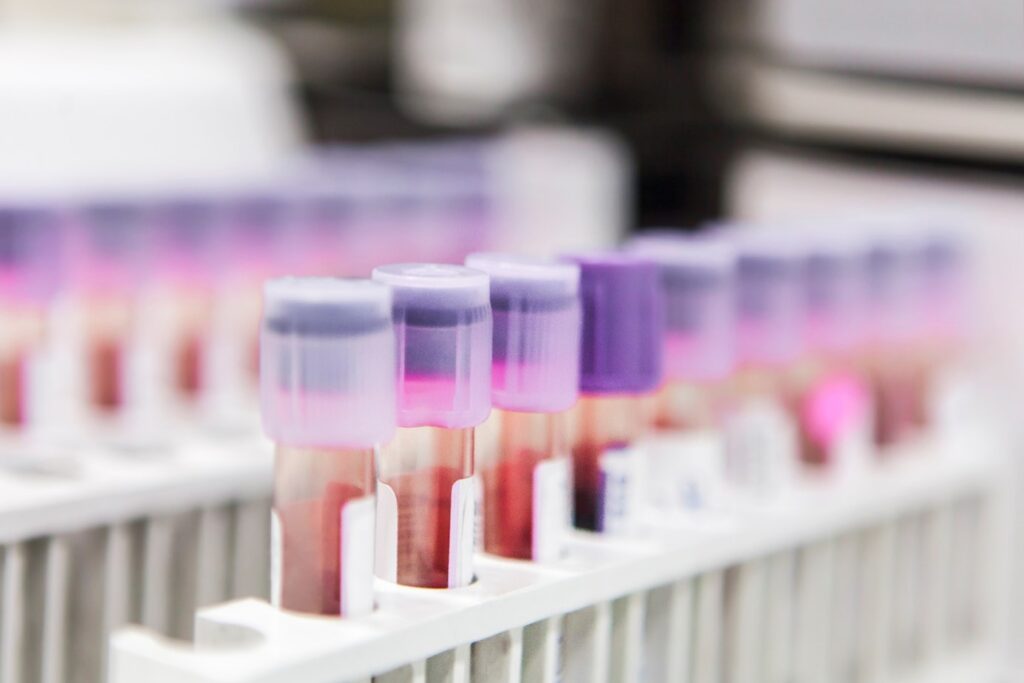PFAS - the "eternal chemicals" have been increasingly in the public debate lately. In a recent study by the Federal Environment Agency, they were found in the blood of up to a quarter of young people in Germany in alarming concentrations. The PFAS group of substances can be detected not only in urban areas, but also in remote regions such as mountain lakes and rivers, including the animals and plants living in them. Even on Mount Everest, positive findings of the substance group can be carried out. Furthermore, they can be found in the fatty tissue of polar bears at the North Pole. Even in our drinking water, depending on the region, impurities are present. Due to the widespread use of PFASs since 1940, they have apparently already penetrated almost every corner of our world and thus pose a serious environmental risk.
Patrick Byrne, an expert on environmental pollutants at Liverpool John Moores University, even goes so far as to call PFAS "the likely greatest chemical threat to humanity in the 21st century". But what are PFASs anyway? And what need for action comes with our decades-long use of the substances?
Due to their advantageous properties of repelling dirt, grease and water, the odourless and colourless PFAS (per- and polyfluorinated alkyl substances) are an essential component of many modern production chains. They are found in everyday life, for example in packaging such as pizza boxes or coffee mugs, in waterproofing agents for outdoor textiles or in coated cooking utensils. Older fire extinguishing foams and sludges from paper production also often have high concentrations of substances.
Precipitation, water and air can spread the hardly degradable substances in the environment, which then continue to accumulate and can be transferred to the fauna and, to a lesser extent, the flora.
As described, the substances do not even stop at humans and other living beings and accumulate in proteins in the blood through various pathways. There they can have serious effects. They are suspected of influencing liver and kidney functions or reducing the effect of vaccinations. Furthermore, potency and various health effects on infants, such as reduced birth weight and an influence on the onset of puberty, cannot be ruled out. And last but not least, the substances are suspected of being pathogens for various types of cancer.
Recently, some EU member states have called for a comprehensive ban on the use of the entire group of substances in the EU in order to counteract the insufficiently controlled use of the substances to date. The draft to be reviewed by the EU Chemicals Agency (ECHA) in March 2023 for compatibility with EU law would lead to an almost complete ban on the use of PFAS within the EU. This would prevent an additional pollution of the environment of an estimated 4.4 million tonnes of PFAS over the next 30 years. Nevertheless, PFASs that have already entered the environment pose a major challenge for the future due to their extremely difficult remediation.
In order to meet this challenge, the Federal Ministry of Education and Research launched the joint project "FABEKO "project has been initiated. In this project, M&P Ingenieurgesellschaft and other project partners are researching a future-oriented and sustainable remediation process for PFAS.


